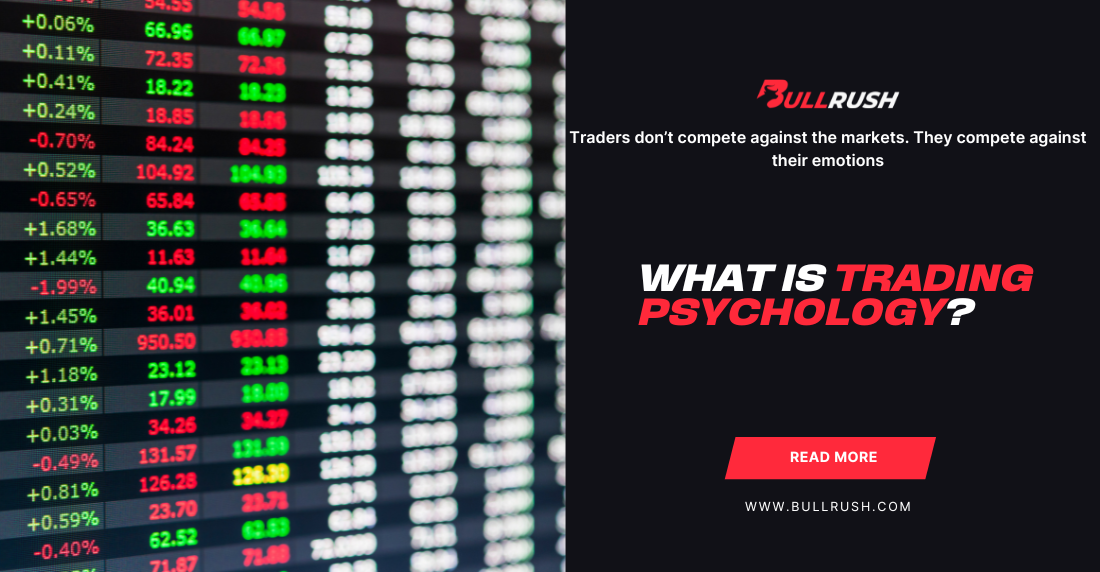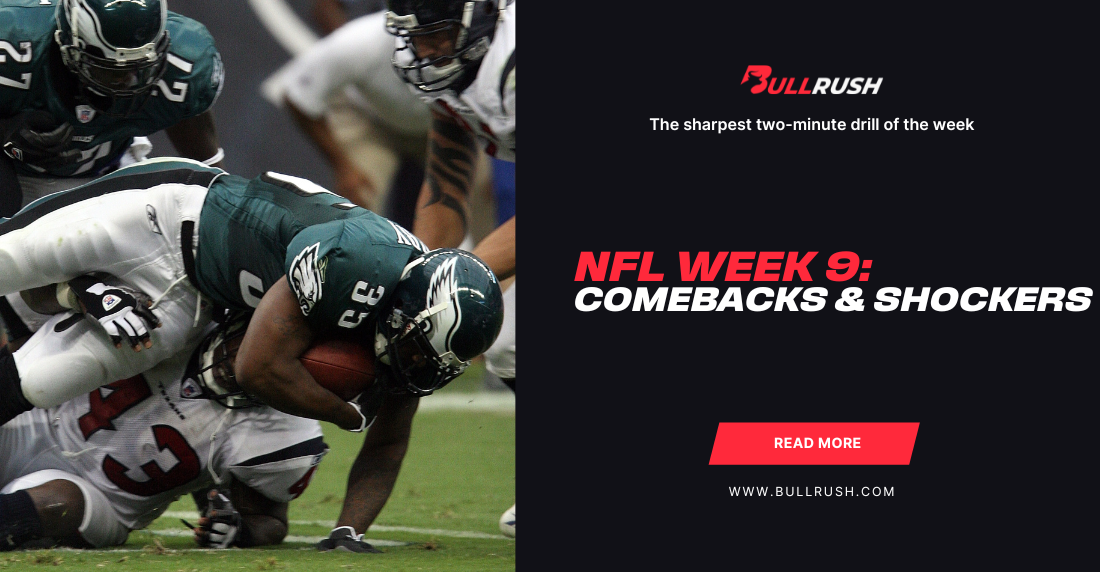
What Is Crypto Market Cap?
If you’ve ever glanced at a cryptocurrency price chart and wondered, “Is this coin big enough to matter?”, you’ve already stumbled on the concept of crypto market cap. It’s one of the most important metrics for traders, giving you a snapshot of a coin’s size, influence, and potential.
Speaking as plainly as possible, the total value of all coins in circulation is the crypto market capitalization. It serves as a compass for traders navigating the volatile, round-the-clock crypto market, which includes both Bitcoin and new altcoins.
Market cap doesn’t just tell you the size of a coin; it tells you how much influence it can have on the broader market. Large-cap coins can move the market by sheer momentum, while small-cap coins can experience explosive swings, both opportunities and dangers for traders.
What Exactly Is Crypto Market Cap?
Crypto market cap is calculated by multiplying the current price of a coin by its total circulating supply:
Market Cap = Price × Circulating Supply
Let’s break it down: if a coin trades at $50 and there are 1 million coins in circulation, its total market cap comes out to $50 million.
Market cap gives more context than price alone. Two coins might both cost $50, but if one has 1 million coins and the other 1 billion, as you can already guess, their market caps are vastly different. The larger coin is likely more stable, while the smaller one has a higher potential to be more volatile.
Tip: Always look at market cap alongside price. High-priced coins aren’t automatically “bigger” in influence; the circulating supply matters just as much.
- Market cap = price × circulating supply
- Reflects a coin’s overall size in the market
- Helps gauge potential volatility and liquidity
Why Market Cap Matters for Traders
Market cap is the foundation for evaluating risk and opportunity. Traders tend to classify coins into 3 categories:
- Large-cap coins (>$10B): Think Bitcoin, Ethereum, and other household names. They’re the market’s anchors: highly liquid, widely trusted, and far less prone to wild price swings.
- Mid-cap coins ($1B–$10B): Coins with growth potential but moderate risk. To most known as the sweet spot for swing trading.
- Small-cap coins (<$1B): High-risk, high-reward. As expected, they are extremely volatile, often moving on hype, news, or sentiment shifts.
For traders, knowing each market cap category, and what it represents, is key. Why? Because it directly shapes your stop-loss placement, leverage choices, and position sizing strategy. While small-cap coins demand agility and fast decision-making, large-cap coins might offer predictable moves.
Tip: Think about treating market cap like the gravitational pull of a coin. While small-cap coins jump randomly, large-cap coins move steadily.
- Large-cap = stability, less volatility
- Mid-cap = balance, potential growth
- Small-cap = high-risk, high-reward
How to Use Crypto Market Cap in Trading
Market cap isn’t just a number on a screen. It’s a strategy tool.
Every trader watches price charts, but price alone doesn’t reveal how deep the waters run. Market cap gives you that depth check. It shows how much capital backs a coin, how much liquidity supports it, and how easily (or not) big players can make waves.
Market cap shapes how you approach position sizing, volatility management, entry timing, and even trade psychology. Big caps demand patience; small caps reward aggression. If timed right.
1. Risk Management:
Smaller coins can surge spectacularly, but they can also crash just as fast. Your trade size should reflect a coin’s market cap. Higher market cap coins often allow for larger positions with manageable risk.
2. Trend Analysis:
Large-cap coins usually set the tone. When Bitcoin or Ethereum rallies, many mid- and small-cap coins follow. By tracking market cap trends, you can anticipate broader market momentum.
3. Portfolio Diversification:
Mixing large, mid, and small-cap coins helps balance potential growth with stability. Market cap acts as a guide for how much to allocate to each position.
4. Timing Entries and Exits:
High market-cap coins deliver smoother, steadier moves: perfect for traders who rely on disciplined stop-loss and take-profit setups. Small-cap coins, on the other hand, are lightning-fast and unpredictable, demanding shorter holds and split-second execution.
Tip: Combine market cap with trading volume and price action. Spotting how “big money” flows through a coin can sharpen your timing, improve entries and exits, and fine-tune your position sizing.
- Market cap guides risk sizing and trade strategy
- Signals market leadership and momentum
- Helps diversify and balance portfolios
How Market Cap Influences Volatility
Market cap isn’t just about size; it also affects price swings.
- Large-cap coins are the titans of cryptocurrency: massive, steady, and hard to shake. They steer the market’s direction like ocean liners cutting through waves.
- Mid-caps bring more agility, offering sharper moves and solid profit potential without diving too deep into risk.
- Small-caps? They’re the wild rides, speedboats in a storm, explosive in both directions, rewarding the fearless and punishing the slow.
In order to get an estimate of expected volatility, traders like to use market capitalization. Why? Because it has a direct impact on risk management and position sizing. While large-cap coins can support larger trades and wider targets, small-cap coins require smaller positions and tighter stops.
Tip: Combine market cap insights with technical indicators. Understanding a coin’s “weight class” makes tools like RSI, MACD, and moving averages far more actionable.
.
- Large-cap = steadier price swings
- Mid-cap = moderate, tradable momentum
- Small-cap = high volatility, high risk
BullRush: Turn Knowledge Into Action
Understanding crypto market cap is valuable, but applying it in real trading is where the skill pays off. BullRush provides the tools and environment for traders to act on these insights with precision.
By using market cap to guide your decisions, you can pick coins that align with your trading style, size positions wisely, and manage risk more effectively. On BullRush, every decision matters, and knowledge of market cap gives you an edge.
Start trading smarter with BullRush today, use market cap insights to make informed trades, and sharpen your trading edge.
FAQs
Q: What is crypto market cap?
Think of the market cap as a coin’s scoreboard. It’s the total value of a cryptocurrency, price × circulating supply, showing how big a player it is in the game.
Q: Why does market cap matter to traders?
It’s your quick read on power and stability. Big-cap coins move slow but steady, while small caps swing like wildcards. Knowing the difference helps you size up risk before jumping in.
Q: How does market cap affect trading strategies?
It’s the compass for position sizing and risk control. Smaller caps call for tighter stops and faster reactions; large caps let you play bigger and aim wider. Smart traders use it to match their strategy to the coin’s true weight class.
Q: Are small-cap coins better for profits?
They’re riskier but can offer higher returns; large-cap coins are more stable but grow slower.



